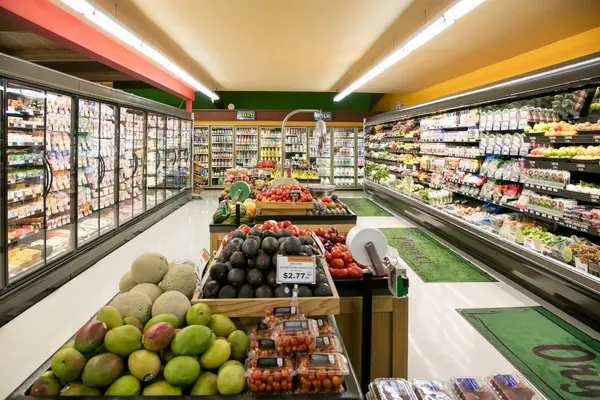Beans plants spread in the form of vines, the legumes that grow on their plants are called beans or beans, which are used as a vegetable. Its beans are of different sizes and are found in yellow, white and green colours. The soft pods of beans are used more as a vegetable. This is because a sufficient amount of easily digestible protein, vitamins and carbohydrates is found in it, which is more beneficial in removing malnutrition.
Apart from this, the farmer brothers also make green manure from the bean plants and use the leaves for animal feed. So it is easily cultivated in all the states of India. If you are also planning to grow beans, then you are given information about developing beans in this article. Moreover, the Swaraj 855 tractor model is advanced and efficient for farmers.
Field Preparation & Fertilizer
Before cultivating beans, destroy the remains of the old crop in the field. For this, deep ploughing is done with soil turning ploughs. After this, ploughing is done again by adding 10 to 12 wagons of old cow dung manure as natural manure in the field, due to which the cow dung manure mixes appropriately in the soil of the area. After mixing the waste in the field, it is ploughed by applying water. Also, the New Holland 3230 tractor model is best for every farming task.
After the palev, the field is left like this for some time. After this, ploughing is done by applying a rotavator in the moist land of the area, due to which the soil of the field becomes friable. Finally, the field is levelled by footing in loose dirt, which does not cause waterlogging in the land.
The farmer brother should spray 60 kg DAP per hectare as chemical fertilizer at the time of the last ploughing of the field. Apart from this, 25 kg of urea has to be sprayed along with plant irrigation. This leads to production in greater quantity.
Transplanting Method
Bean seeds are planted in the form of sources. For this, about 80 to 100 kg of seeds are required in one hectare of field. Seed transplantation can be done by hand or drill, but before sowing seeds, treat them with carbendazim, thiram or cow urine. Then, plant the seeds in these rows at a distance of 10 to 15 cm. In the rainy season, the sowing of sources should be done by making a bund in the field.
Bean seeds are planted in different places at different times. In this, the sowing of sources should be done from October to mid-November in North Eastern states. Whereas in the North West states, the seeds are sown till the middle of September. In addition, seeds are planted in June and July in hilly areas.
Bean seeds are established as sources. For this, around 80 to 100 kg of seeds are expected in one hectare of field. Seed transplantation should be possible manually or drill, yet prior to planting seeds, treat them with carbendazim, thiram or cow pee. Then, sow the seeds in these lines a ways off of 10 to 15 cm. In the blustery season, the planting of sources ought to be finished by making a bund in the field.
Irrigation
Bean plants do not require much irrigation. However, if the seed has been planted in a dry land, its initial irrigation should be done immediately after. After this, water should be kept at an interval of 3 to 4 days to maintain the moisture in the field till the time of seed germination.
Weed Control
Bean plants do not require much weeding. Its first weeding is done after 20 days of seed planting, and subsequent weeding should be done at an interval of 15 to 20 days.
Bean plants don’t need a lot of water system. Nonetheless, on the off chance that the seed has been established in a dry land, its underlying water system ought to be done following. After this, water ought to be kept at a time period to 4 days to keep up with the dampness in the field till the hour of seed .
Harvesting
Beans plants are ready for harvesting 50 to 60 days after seed planting. After gathering the pods, they are cleaned with water and collected. After which, they are sent to sell in the market. About 15 to 20 tonnes of production is obtained from a one-hectare field. The market price of beans is 25 to 30 rupees per kg. Due to this, the farmer brothers can earn a good profit by making two and a half to three lakhs from their one-time crop.





